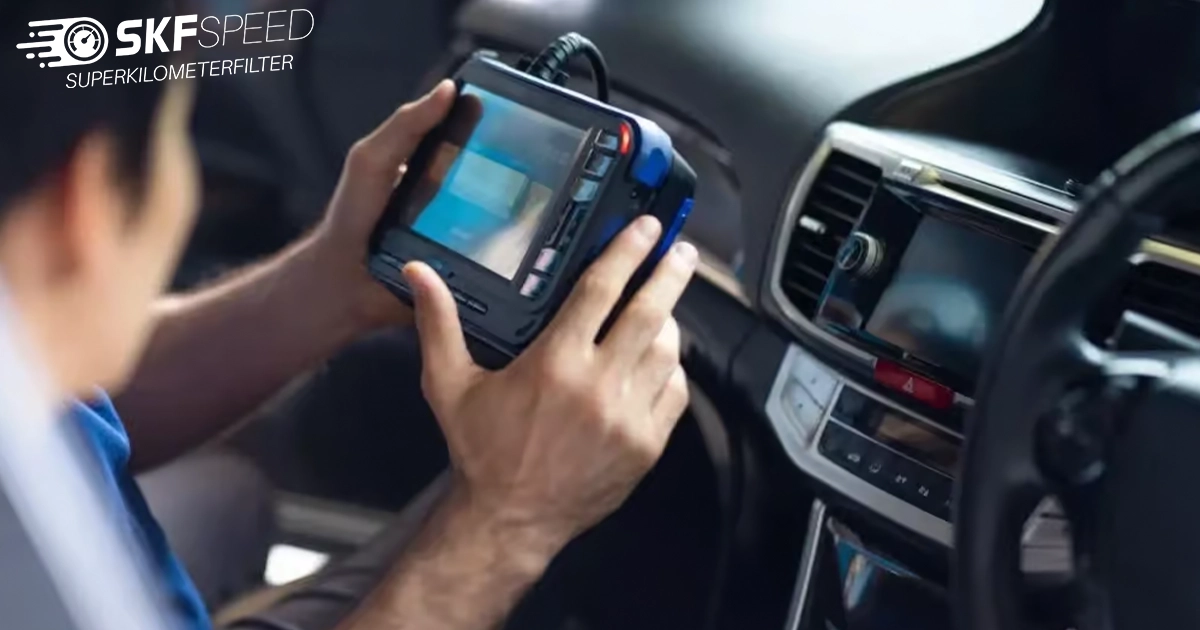
We all know that owning a vehicle requests a lot of money. If you own an automobile, you most probably know the average monthly budget for the fuel, insurance, parking, and unforeseen repair costs. All in all, the auto-related costs might take a quite big part of income, especially if you use a car for business purposes. Nonetheless, there is good news for individuals who use automobiles for business purposes.
Self-employed, small business owners, volunteers and not only, who use their own vehicles for business purposes can save money by deducting mileage on tax.
Below we will discuss every detail related to mileage deduction tax. If you are not sure whether you are eligible or not for the deduction, don’t worry, we will clarify the eligibility issue in detail. Besides, we will find out how the mileage claiming on taxes work, and how to do it. I’m sure after reading the blog, you won’t have any further questions related to the topic. So, let’s start exploring!
Mileage deduction might seem blurred for many individuals. On the one hand, you might even think that the task refers only to professional tax attorneys. Even though the field might seem complicated, I’ll try to explain each detail in simple words.
In general, there are two ways of claiming a tax benefit, claiming mileage and actual car expenses. The actual car expense method lets you claim a car repair, insurance, and other related costs as well. Before diving into details of claiming mileage on taxes, let’s explore the meaning of mileage rate, which plays a huge role in this method.
The mileage rate, for some individuals, is associated with a mileage allowance, deductible mileage, or per diem. In simple words, the mileage rate determines how much deduction you get, after using a private car for business purposes. The mileage rate is set by the U.S. Internal Revenue Service (IRS), annually. There are three different mileage rates for a business – 67 cents, charitable – 14 cents, and medical, or moving expense purposes – 21 cents. Internal Revenue Service issues it every year and it is based on the fixed and variable costs of operating vehicle.
As you already have a picture of what a miles deduction means, you might wonder whether you are eligible or not for claiming the deduction. Here is the list of individuals who may claim the mileage on taxes:
Hence, if you meet one of the above-mentioned criteria, then you are eligible to claim the mileage.
Now since you already own generic information about the topic, we can continue exploring further details about claiming business mileage.

You already know that there are two ways of claiming mileage on taxes, but do you know what specifications they have?
It is important to know that if you use the actual car expense method for writing off mileage on taxes for the first year, then you must stick to this method for the upcoming years as well. There is no way to choose another method… But in case of choosing the mileage rate method, you can choose a different method in another year.
For that reason, I would advise you to choose the mileage rate for the first year, and in case you don’t like it, you can change it without any issue. Even if you change your mind, you can again switch back to the standard mileage rate.
Sometimes individuals confuse exactly which location is deductible and which not… For that reason, it’s preferable to highlight important mileage deduction rules.
If you are a contractor driver for a rideshare service, you must be confused exactly which distance can be deductible. You might wonder whether you should deduct distance from home to pick up the first rider or not? The answer to the question is – No. You shouldn’t deduct the distance. The trip from home to a business location, to the office, to the pick up point, etc. is not deductible! You can deduct distance only between A to B business points.
The only exception is in case your home office is your business location at the same time. In that case, you are eligible for mileage deduction tax for a trip from home to the client.
Sometimes individuals think that they should own some special type of vehicle for claiming mileage on taxes. That’s not true! You can use any type of vehicle according to your business purposes. Any transportation costs, no matter the type or brand of auto, are deductible as business operating expenses if they are necessary for the business.

After clarifying generic information, it’s time to move on to the most useful and practical side of the topic, how to claim mileage on taxes. To answer the question, we should note that there are different mileage rates depending on the business purposes, and claiming mileage is different for each purpose. You will need different forms and mileage rates for calculating the deductible amount. In case you are a self-employed individual, you should use C form and provide the number of covered business distances during the tax year.
Besides the business field, it plays a huge role in which method you are choosing for the deduction. If you choose actual auto expenses, then you should keep all receipts and documentation related to driving costs. But if you prefer standard mileage deduction, you will only need to maintain a log of qualifying mileage driven. You should report the automobile’s odometer at the beginning of the tax year, but in case you change a vehicle during a year, then you should record the odometer data from the first date it was deployed.
Let’s dive a bit deeper and explore what to do in case you choose the standard mileage deduction tax. At the start of each business trip, you should record the odometer data and indicate the purpose, date, and the A to B location addresses. At the end of the business trip, you should record the odometer data again and subtract the mileage data as of starting the trip. That way you will clarify the distance of the business trip.
In case of choosing actual expense deduction, you shouldn’t keep a recording of each business trip distance. Instead of it, you should keep receipts and any documentation related to car expenses.
All in all, nonetheless the topic seemed blurred, hopefully, now you have a clear picture of claiming mileage on taxes. Now you know that you can choose one of the options out of the two available methods. Also, you can clearly define whether you are eligible for the mileage claim or not. Besides, you know in which circumstances you can use the opportunity and save money on taxes. I guess you found the mentioned information useful. Wish you good luck!






Here you will find all the details about our company
Here you will find shipping and return related information
Here you will find information on all technical questions
Here you will find helpful information about installation